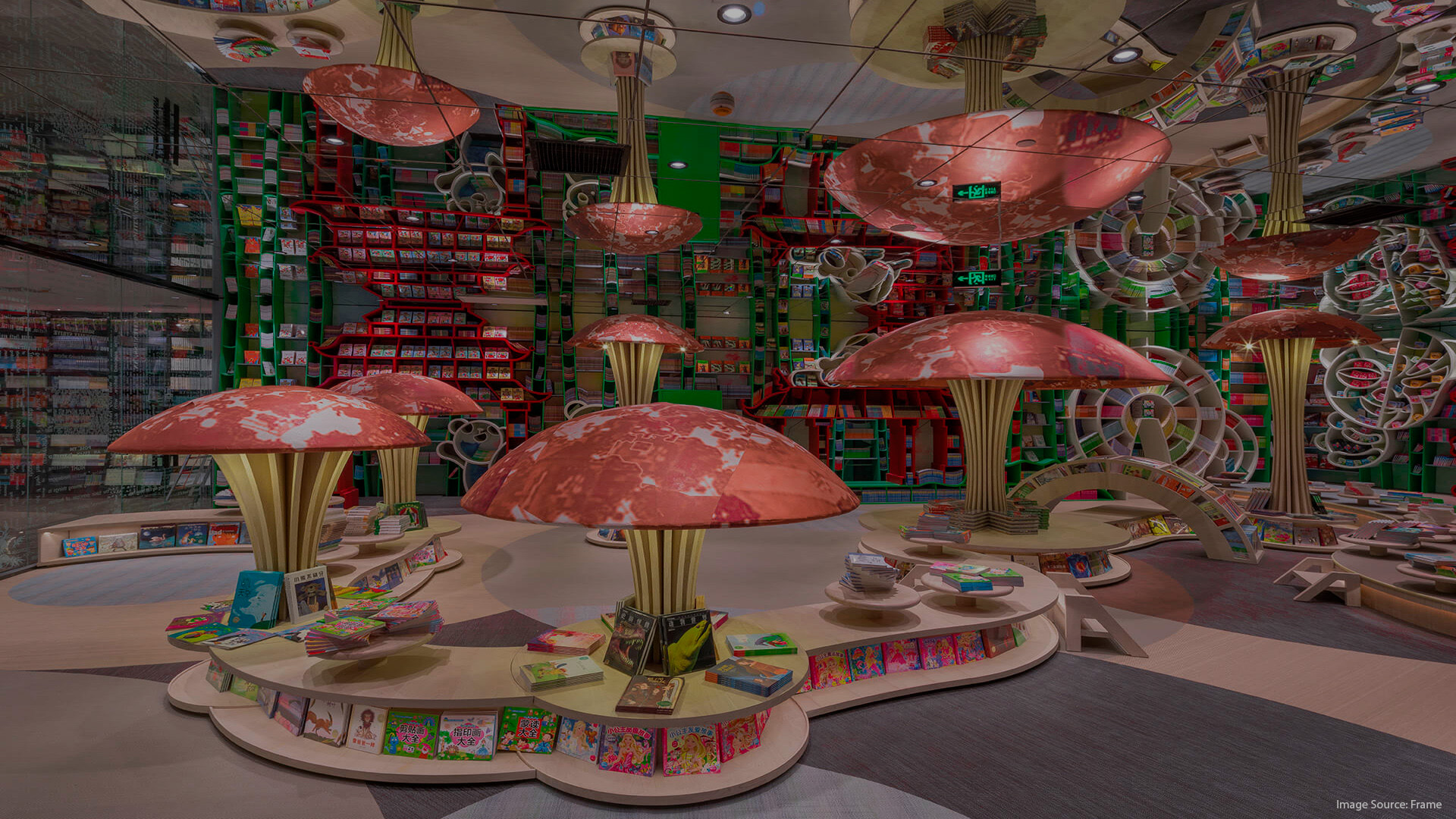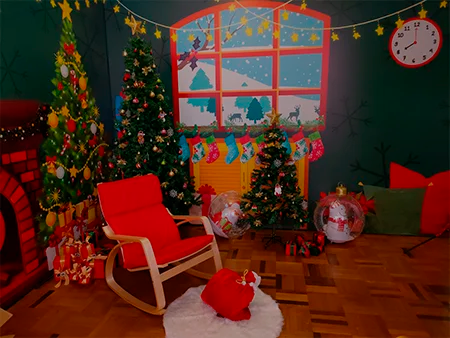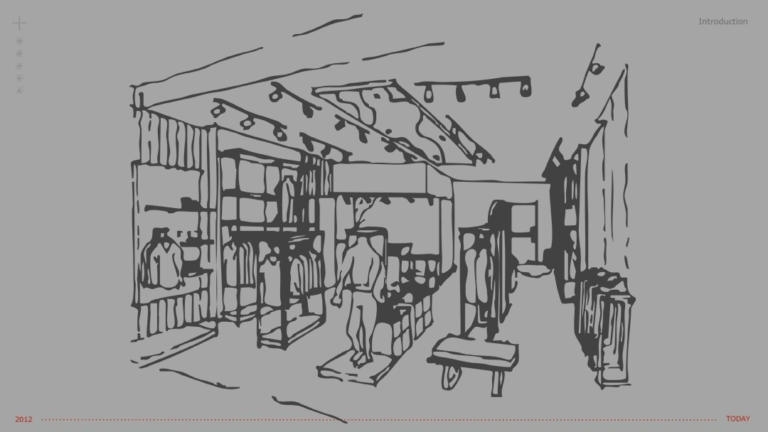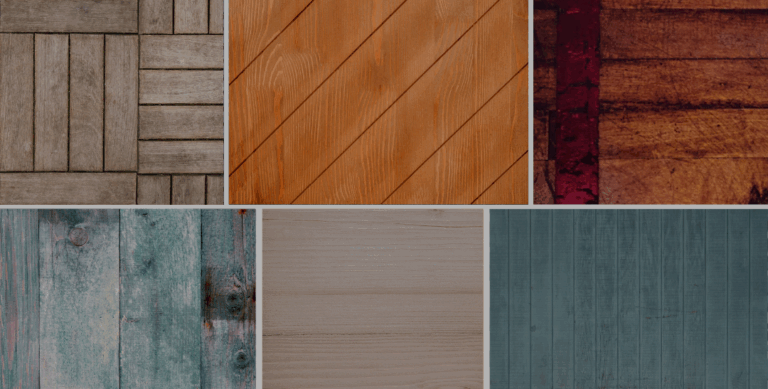You’ve got your products; you’ve got your brand; you’ve even had success selling online. So much success, in fact, that you are looking to open a bricks and mortar store. You’re looking for a place to showcase your products and entice new customers, somewhere that sells the idea and principles behind your brand. Opening a flagship store sounds easy in principle, but a lot of work goes in to making sure the retail store design is right for you. 5 Star Plus Retail Design are experts at design and have decided to share a few helpful hints for you to consider when opening a new retail store.
1. Budget
Rather than thinking ‘how much does this cost?’ think about ‘how much do I want to spend?’ If you approach a designer with an unlimited budget, they can carve out a little piece of heaven, but the same effect can be achieved with a smaller budget. Designers are adept at making cheap look chic and using low-cost alternatives achieve the same effect as high-end. They can come up with creative solutions, using ingenious design to make an impact. For example, using perspective to make the store appear larger and more open.
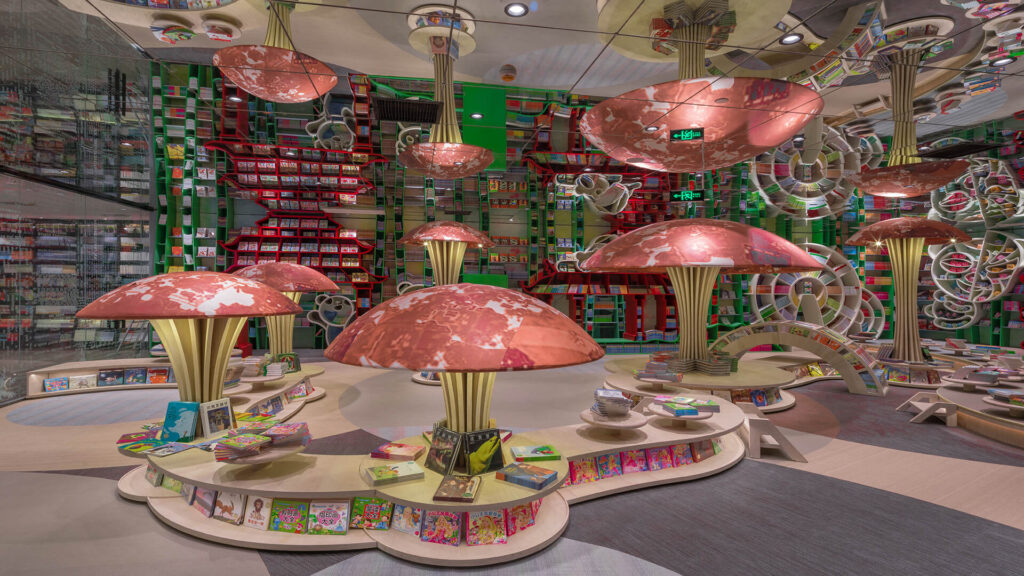
” Li Xiang’s Zhongshuge bookstore is stacked full of wonder “
The use of tall mushrooms in the Zhongshuge flagship bookstore design makes the customer see the store as a big, wondrous place full of possibilities.
2. Store Layout
When designing a store, it is important to think about how your customers will move around. When they enter a store, most people turn right, so this space should be filled with exciting retail displays that draw people in. Through clever unit placement, the customer’s journey can be plotting so that they will spend more time instore browsing. Other things to consider include where to place the till, how to include storage on the shop floor, and providing additional facilities for guests such as seating.
It is important to consider your own store needs, as the layout must be functional. If products have to be stored on the shop floor, then storage space must be integrated into the design. If staff members have to carry goods or require equipment out front, then there has to be enough space to allow for its use and clear access paths.

Our H?gl store design China created a path for customers to walk around the store, with interesting displays in the center. The till was placed at the back of the store so that customers were required to walk past the products to make a purchase, whilst also being close to the employee space.
3. Materials
Design materials are often split into natural and man-made, each giving off a different feeling. For example, a natural material such as wood can feel more welcoming and wholesome than man-made plastic. The properties of different materials conjure different mental images, which can impact on how your brand is perceived. To appear traditional, the use of bamboo can tie a space together. If you want to appear industrialized, metal is a good choice.
Texture is also very important for adding depth and warmth to a store design. Shiny, reflective surfaces are used for bold, clean, futuristic atmospheres, whereas using fabrics can create a sense of warmth and comfort.
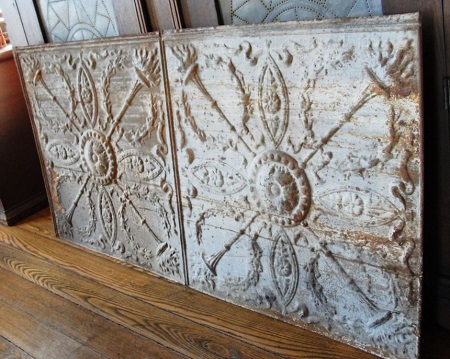
“Old Fiberboard Ceiling Tiles”
With expert handling, even cheap materials such as fiberboard can be made to seem sumptuous. These fiberboard ceiling tiles can be used to create a rich, traditional atmosphere.
4. Shapes and Colors
Think about what feeling you want your brand to represent. Are you a healthy, nurturing brand? Then use soft lines, bright lights and colors such as green and yellow that induce a feeling of happiness and growth. Shapes, colors and lighting all combine to create a subtle, often subconscious set of cues that impact on the overall mood of a store. Knowing what each color or shape represents will help you to align the store design with your brand. Also, consider the gender of your audience. Soft curves are traditionally considered feminine, whereas sharp edges and right angles are more masculine.
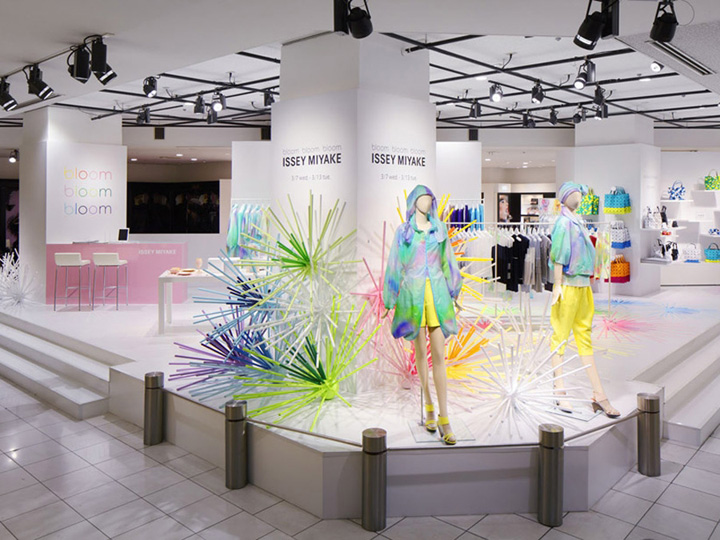
“Bloom Bloom Bloom Pop-up Shops by Emmanuelle Moureaux”
Colors have been kept to a minimum in Issey Miyake’s retail store in order to bring out the contrasting bright colors of the products. The use of white surfaces with bright lighting and soft shadows draws the customer towards the products.
5. Lighting
Lighting is important to draw attention to the product displays, grabbing the customers’ attention and highlighting the products. Ensuring a well-lit, bright display helps to showcase products and results in more sales. Generally, the brighter the store, the more products will be sold. Integrating well-designed lighting into a retail design can be challenging, as it combines placing the lights in the right location, integrating the lights themselves with the store design, considering wiring in the store infrastructure, and ensuring the light quality is in-keeping with the store displays.
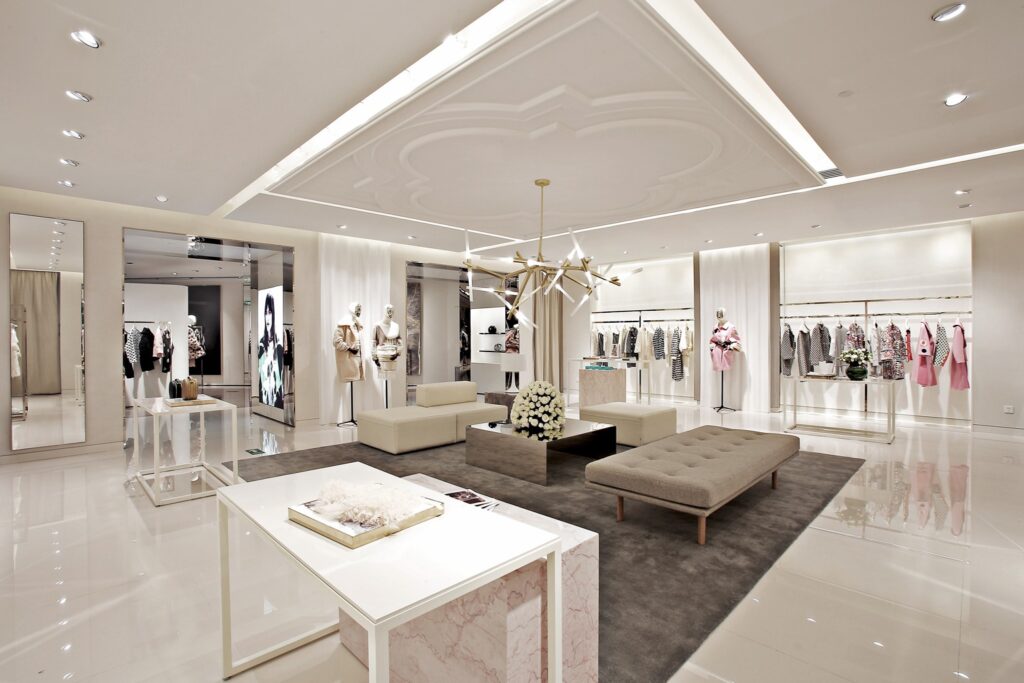
“Diamond Dazzle Stores by Reggiani, Beijing & Shanghai – China”
Diamond Dazzle’s Store Design Beijing & Shanghai: both stores use bright lighting, integrated into the design itself. Spotlights on the ceiling and behind mannequins help to highlight products and eliminate shadows. The large light, shown above, incorporates lighting into a piece of art.
6. Windows and Instore Displays
A captivating window display helps a store to stand out in a crowded marketplace and brings in new customers. It’s a great place to get creative and show the brand concept, emphasising the personality of the brand. Instore displays are also a very good way to emphasise the brand concept whilst displaying the products. It is a useful way to highlight the benefits of products and can include information on the benefits of a product in a visually appealing way.
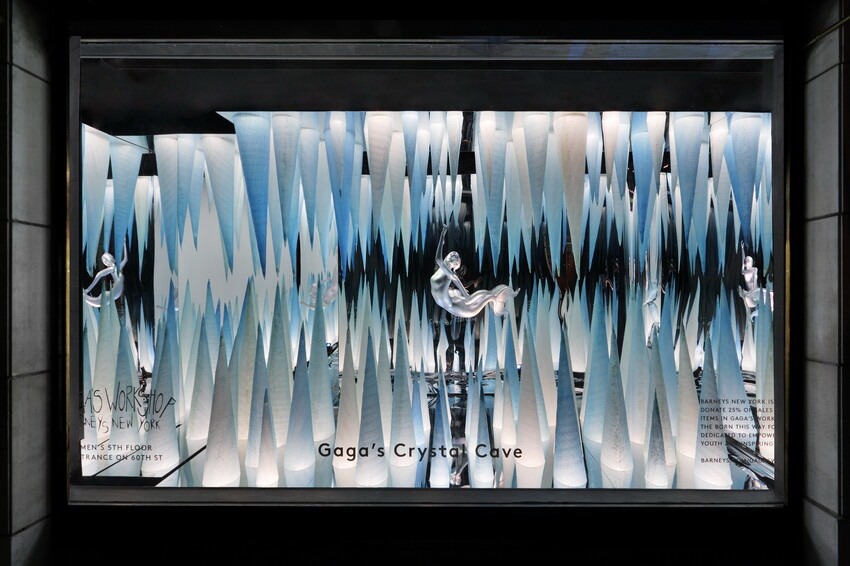
“GAGA’S WORLD(S) AT BARNEYS”
Barney’s window displays designed by Lady Gaga brought to life surreal scenes designed to entice and inspire.
7. Digital and Interactive Elements
Modern retail design should try to incorporate interactive elements in order to engage the customer. Having something to do within the store turns shopping into an experience and encourages them to spend more time getting to know the brand. Including digital elements in the design is a great way to promote omni-channelling and provide more information, specialist options and include an element of imagination. AR technology in particular is helping to revolutionise the shopping experience and can be applied in many ways.
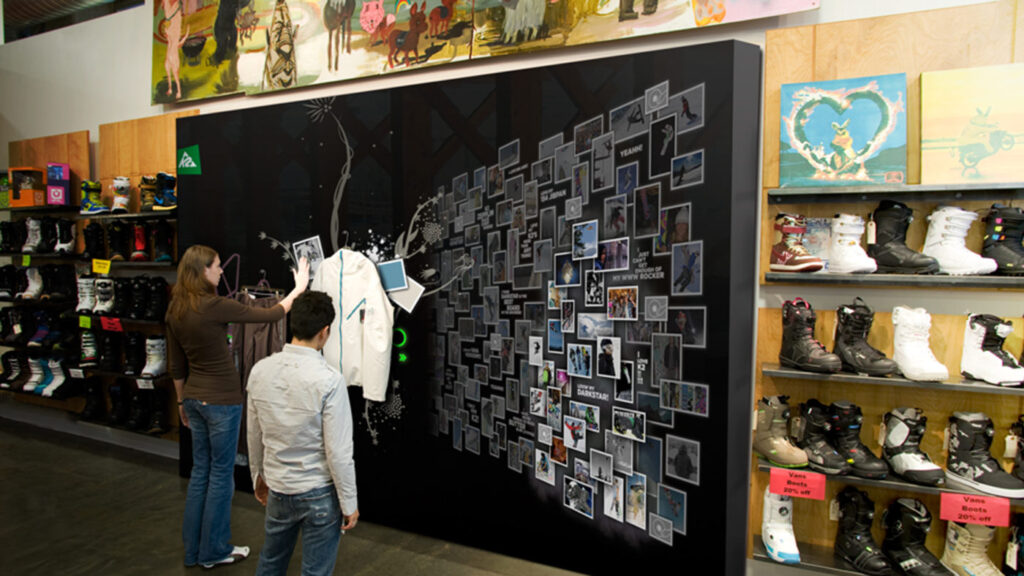
“The Shifting Role of Retail”
8. Trusting an Expert
Working with 5 Star Plus Retail Design makes this process a lot easier. Our team of designers understand how all the above elements work together to create an impressive, unique retail store design, realising your vision in an efficient and timely manner. Working within your budget, we know how much materials cost, how long construction will take, and can manage the creation of your store from start to finish. Opening a new retail store needn’t be stressful; making use of experts’ time and knowledge will save you a lot of stress and help to create a lasting impression.

